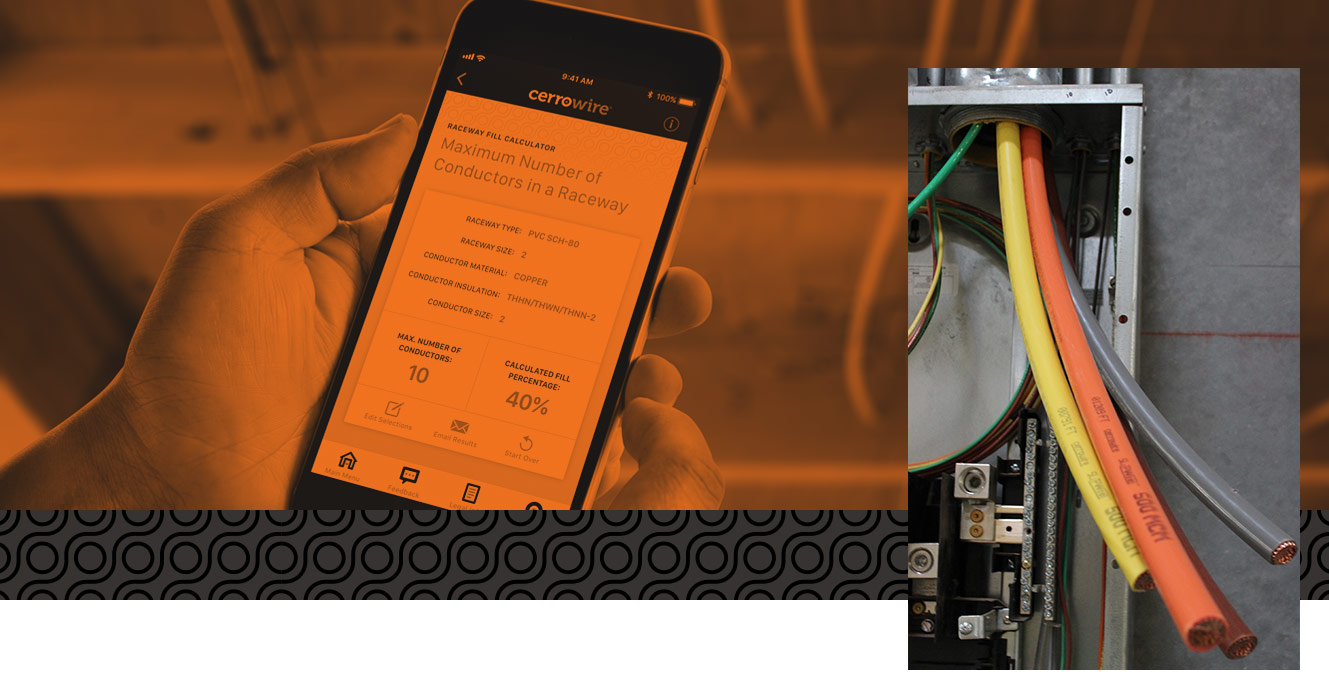I'm trying to prep our garage for the MY which will arrive in 2 months. I'm getting conflicting info from Home Depot and Lowes regarding running a 50 amp wire on a conduit from the main breaker. The run from the main to the garage is ~20 feet. I will be running a Tesla wall connector and a 14-50 from the same run BUT I will be using a double-throw safety switch (so, one method of charging can be used and not both) and another inline 50 amp breaker. I bought a 6/3 NM-B and thinking about using a conduit.
- Home Depot said I cannot use a conduit on this wire (6/3 NM-B) because it will generate heat that could potentially become a fire hazard. HD said I need to run 4 separate wires if I want to use a conduit. Is this accurate? Also, if true, I guess I can remove the outside sheath of the 6/3 and use all the 4 wires to run in a conduit, correct?
- If using a conduit is allowed, what is the recommended size, 3/4" or 1"? I'm planning on using EMT.



